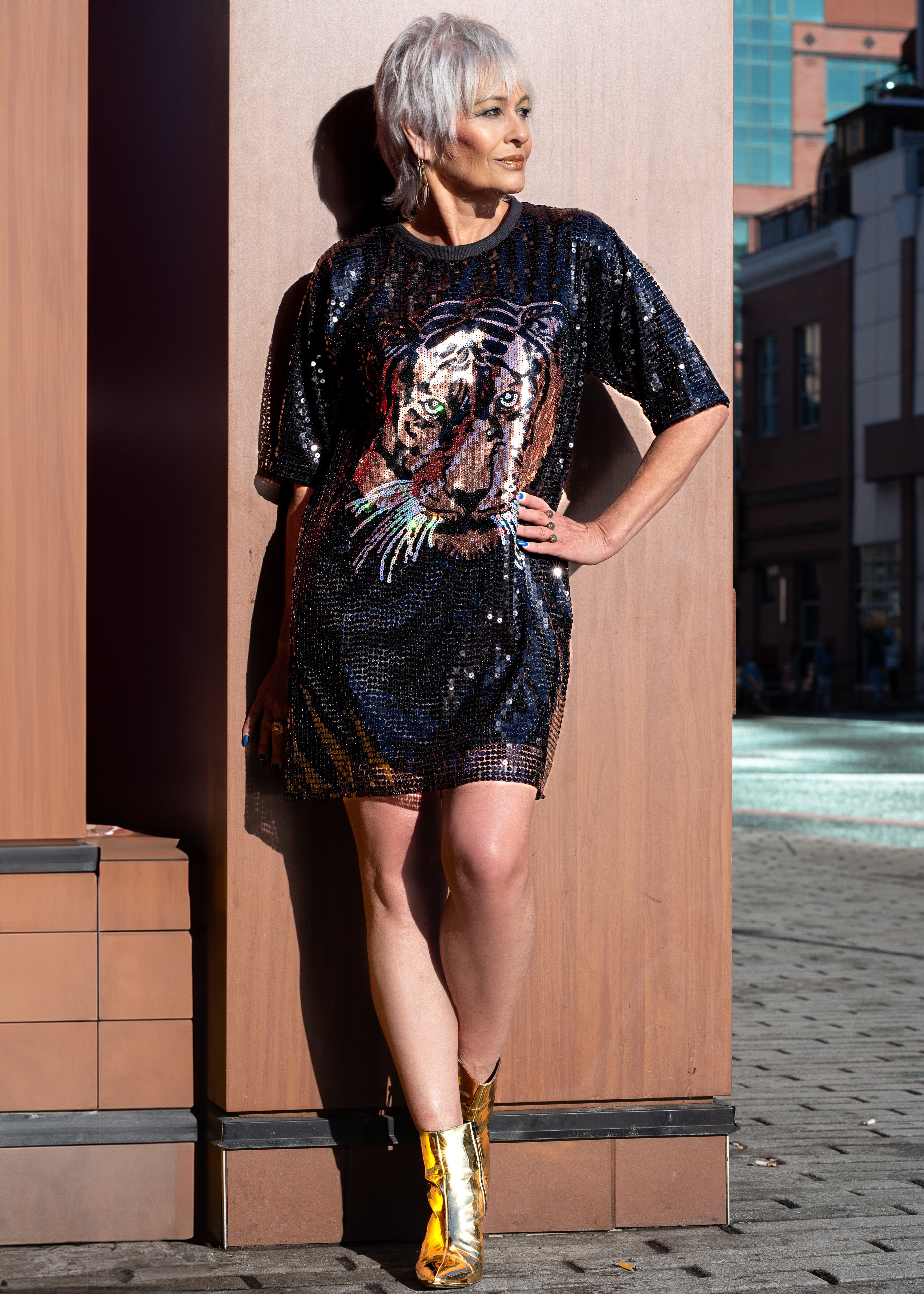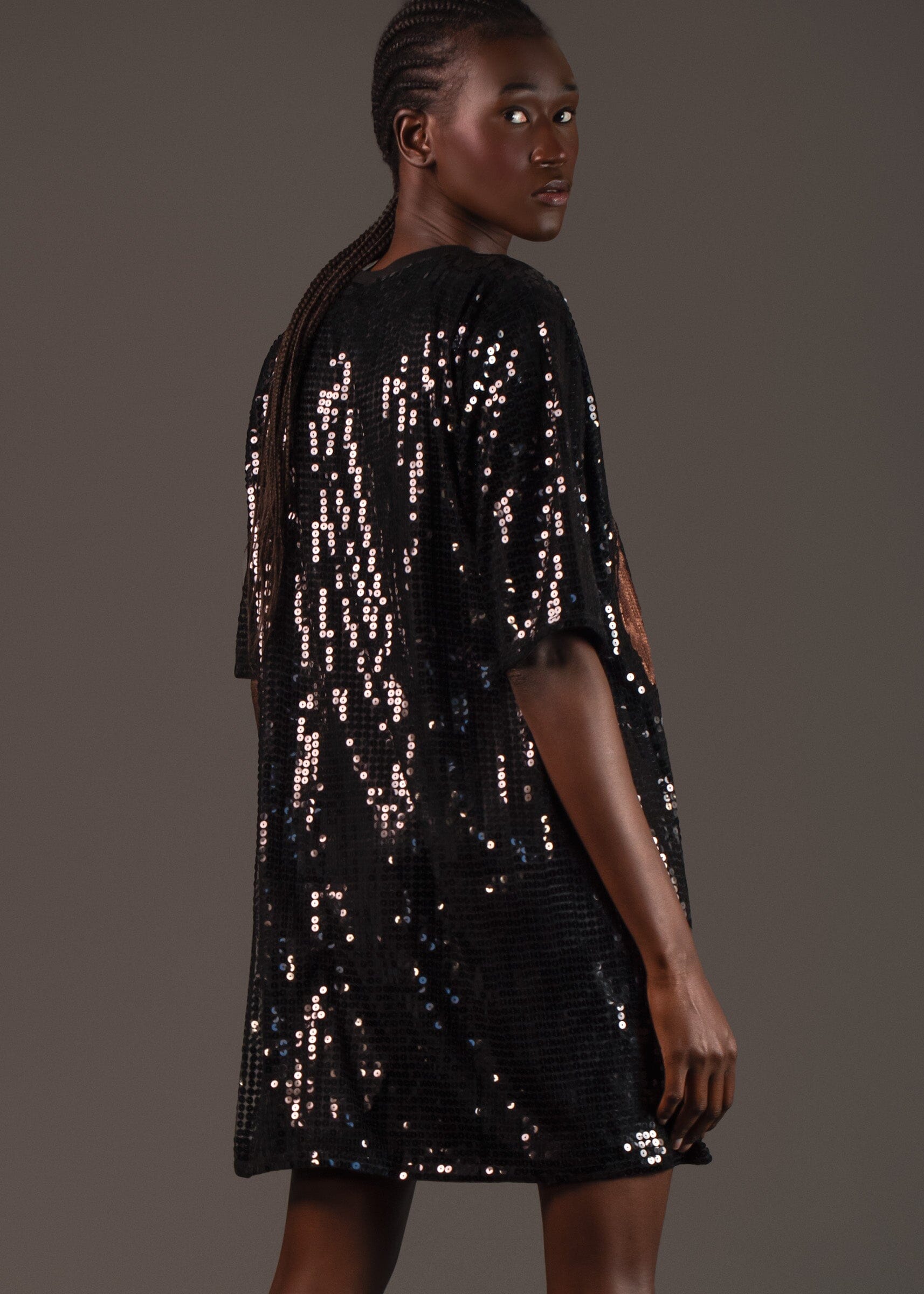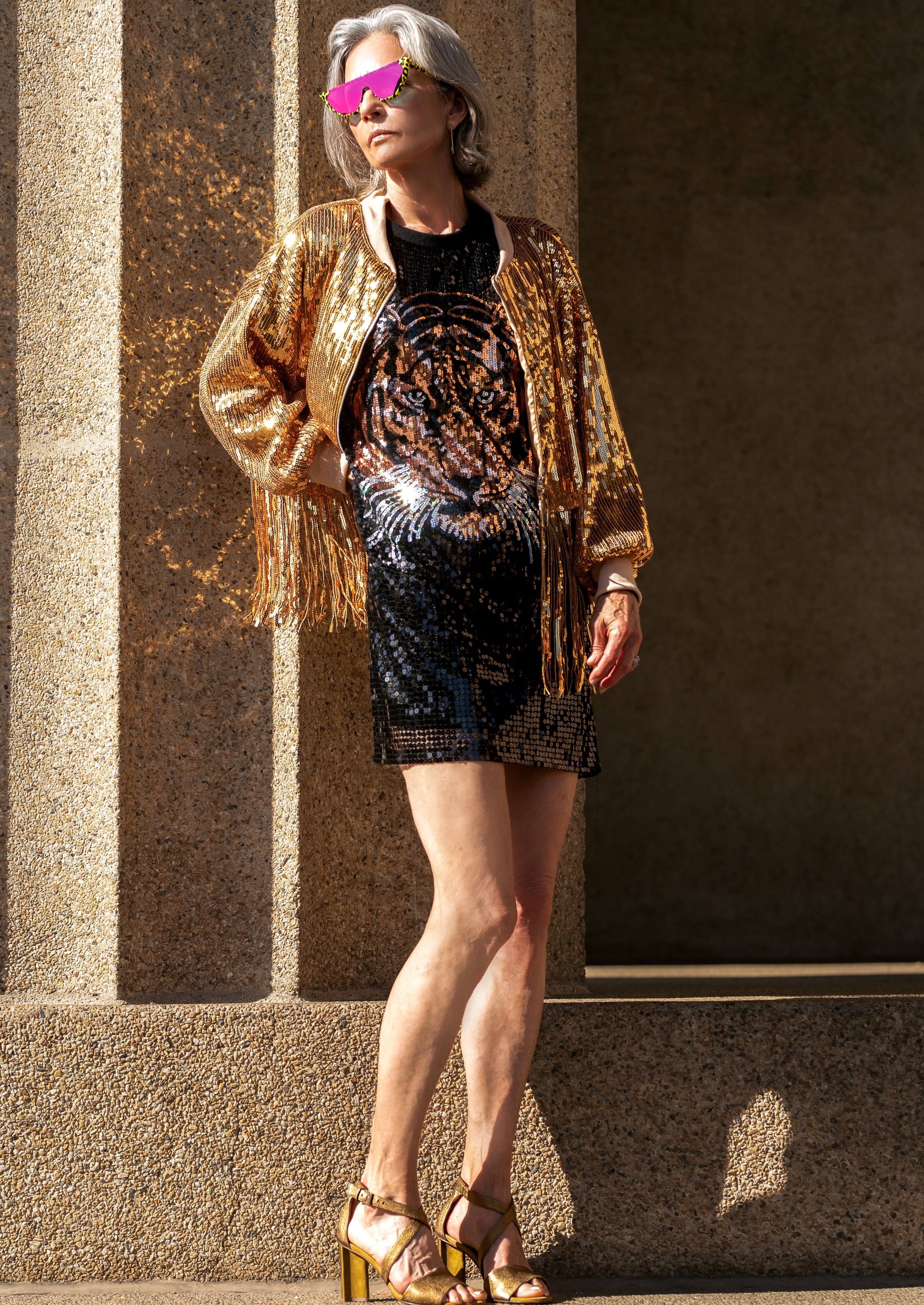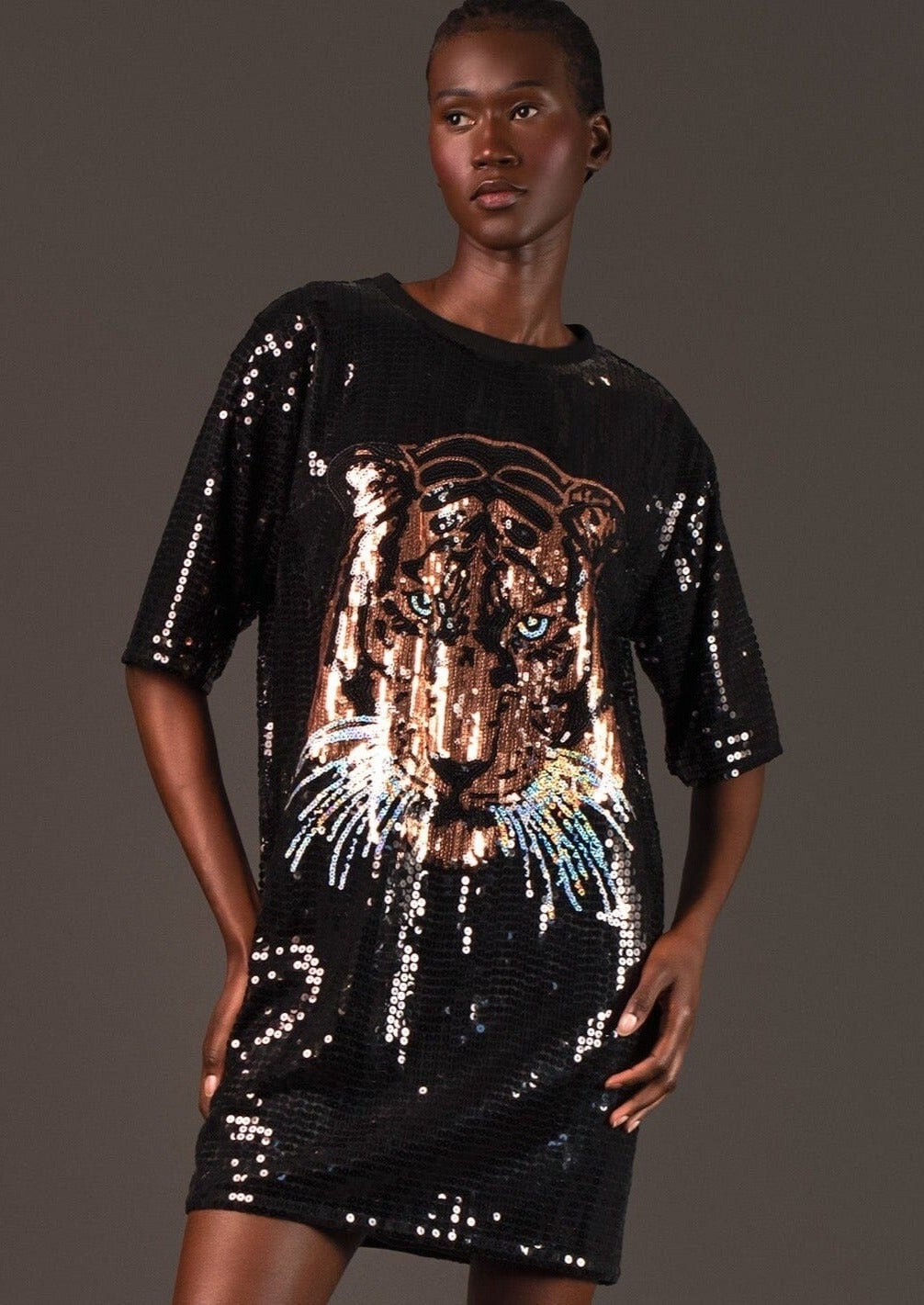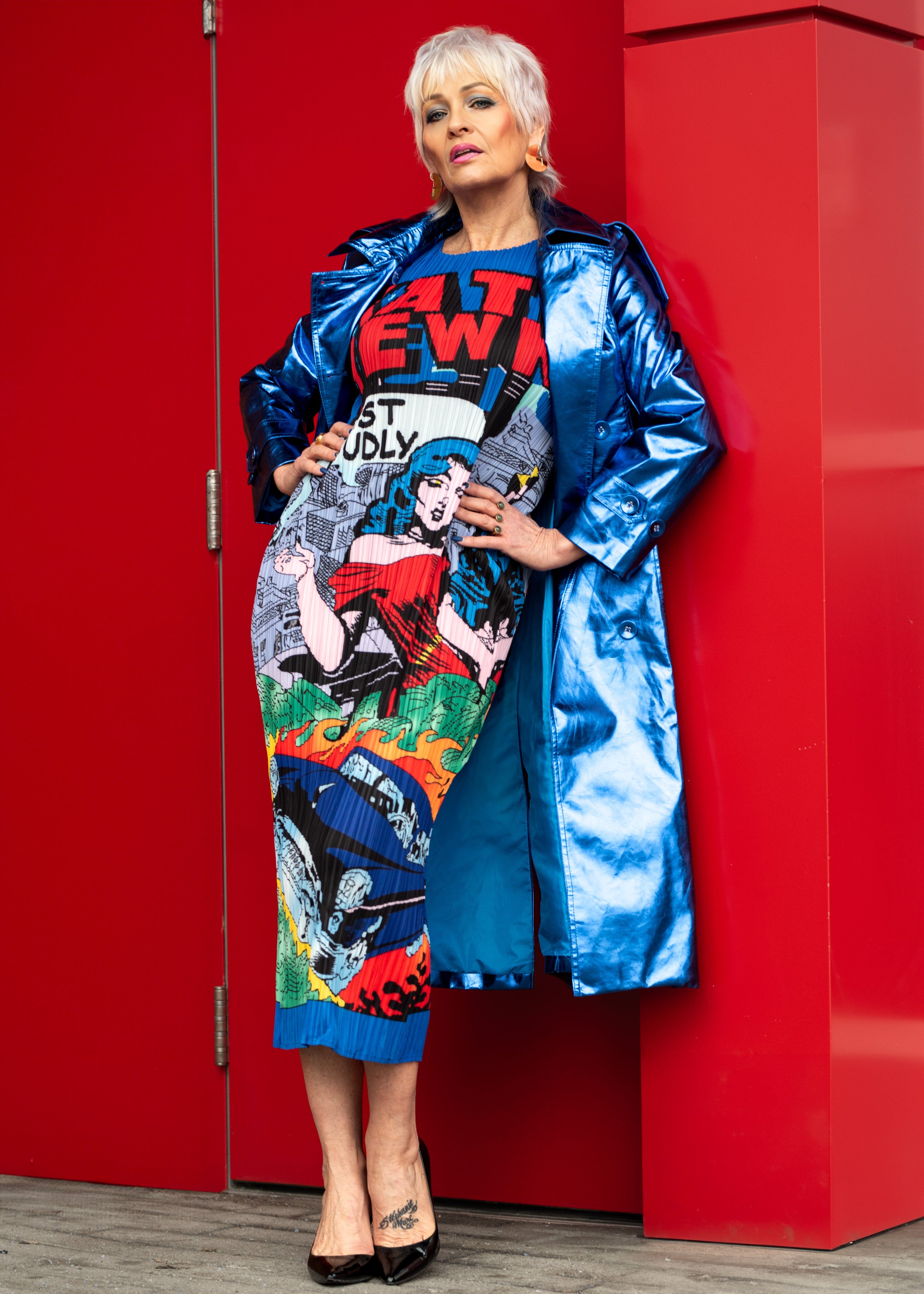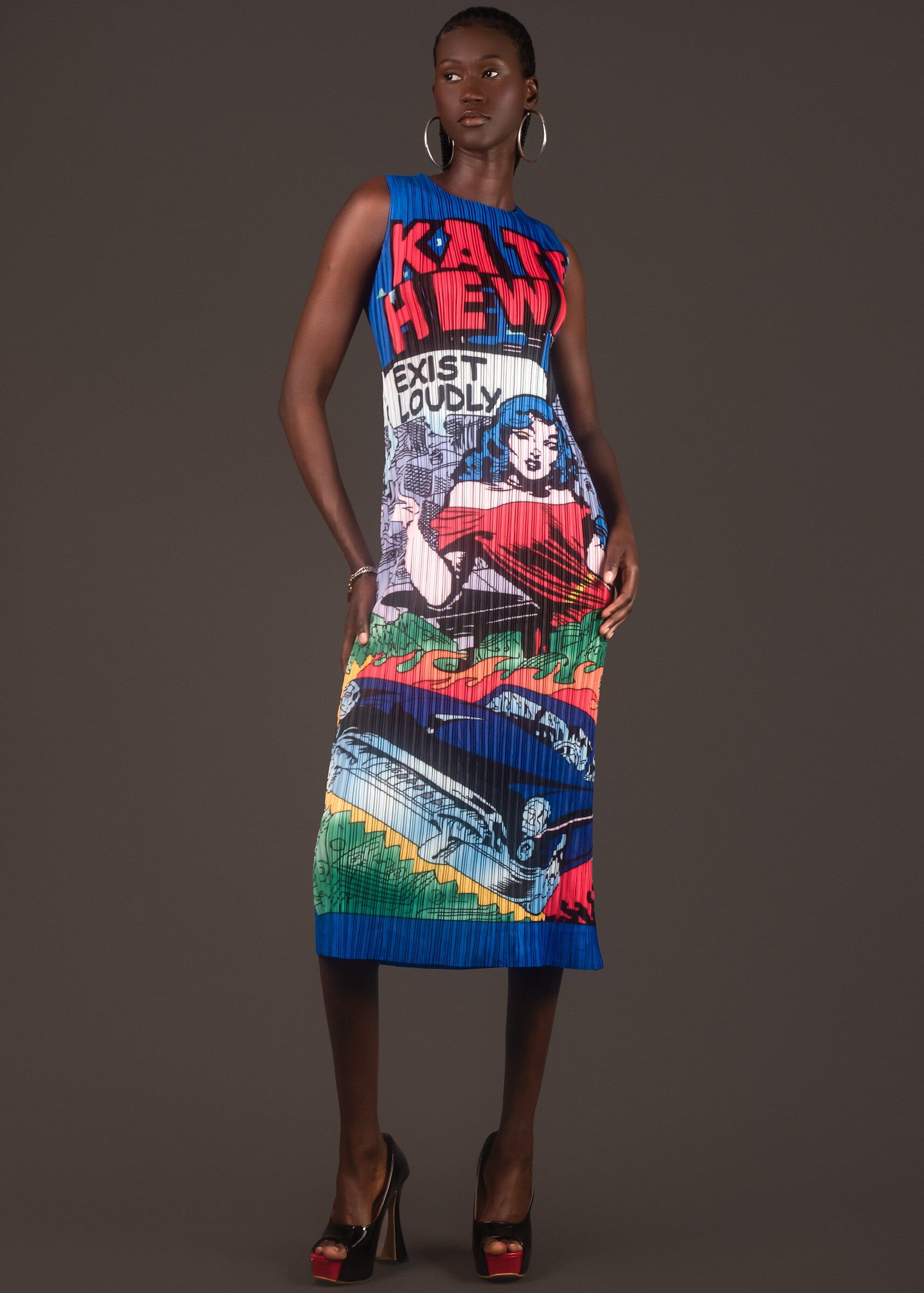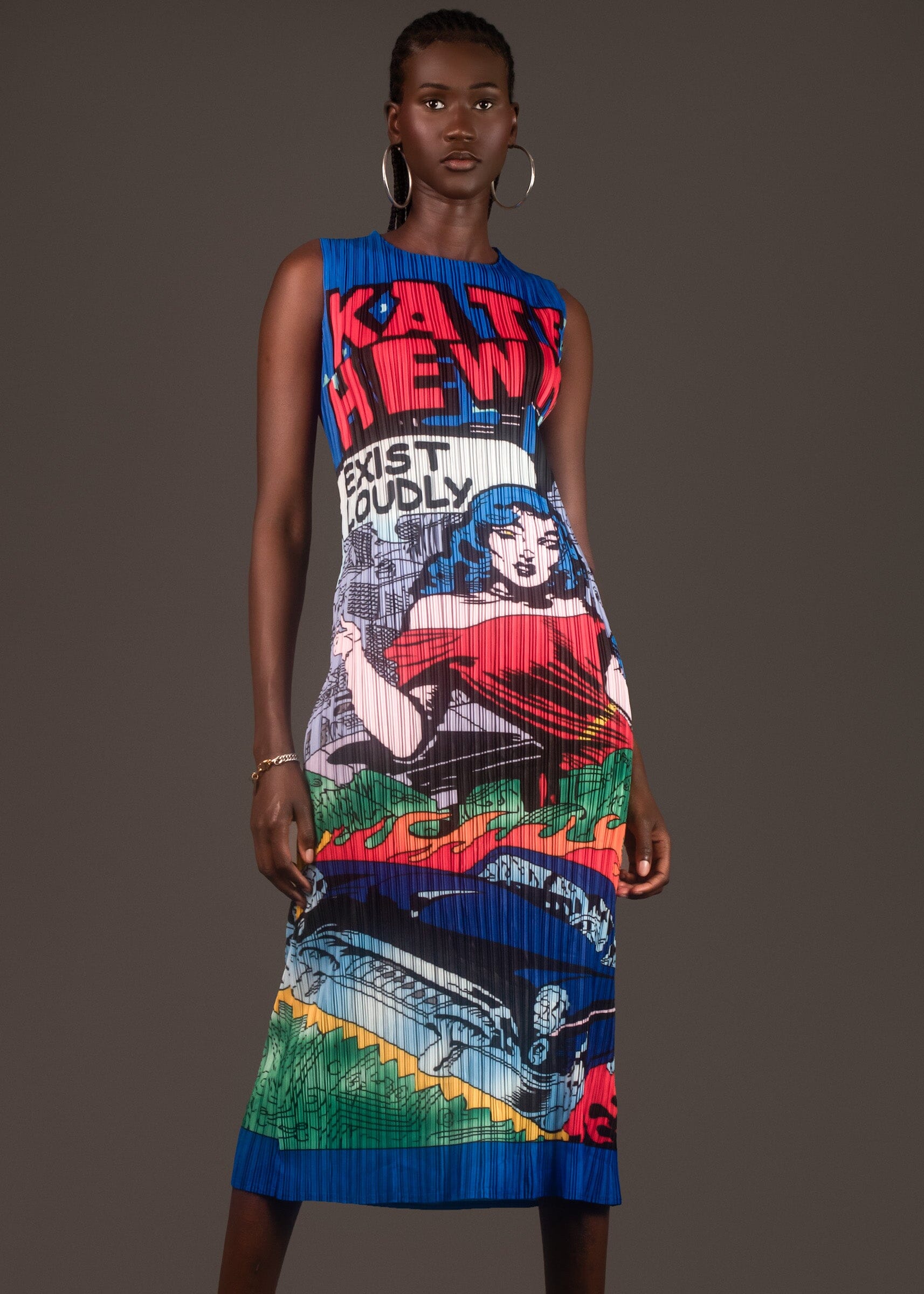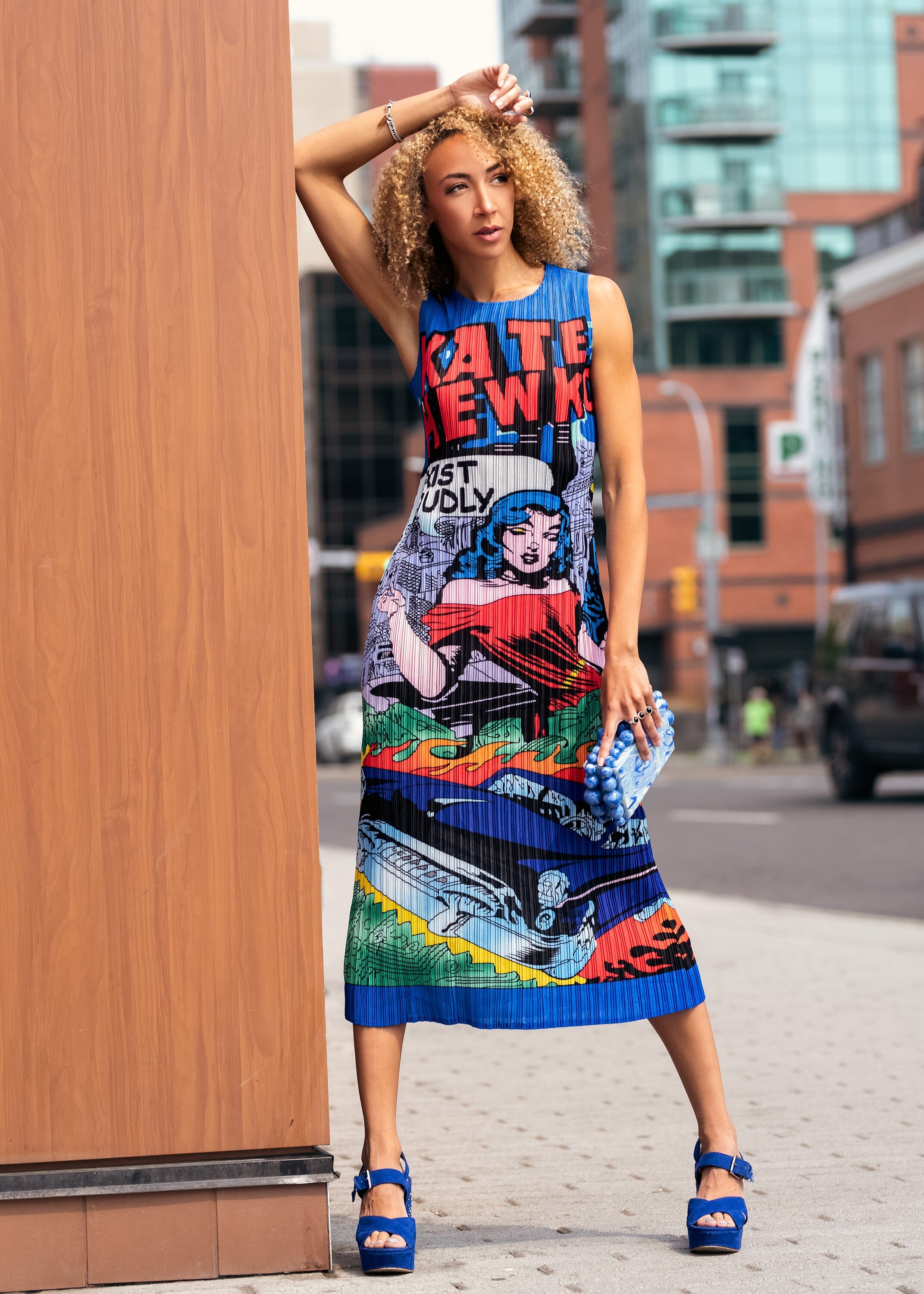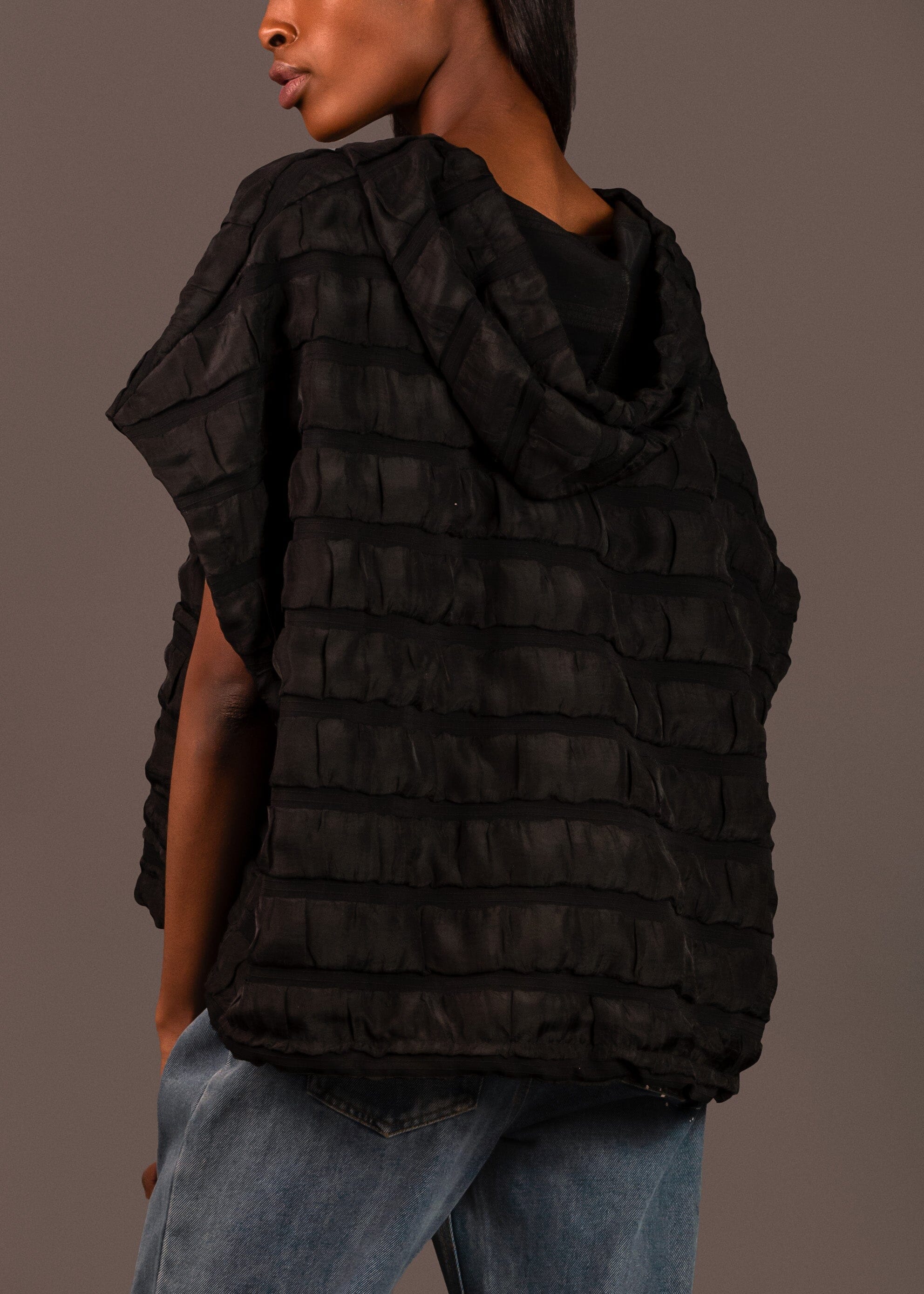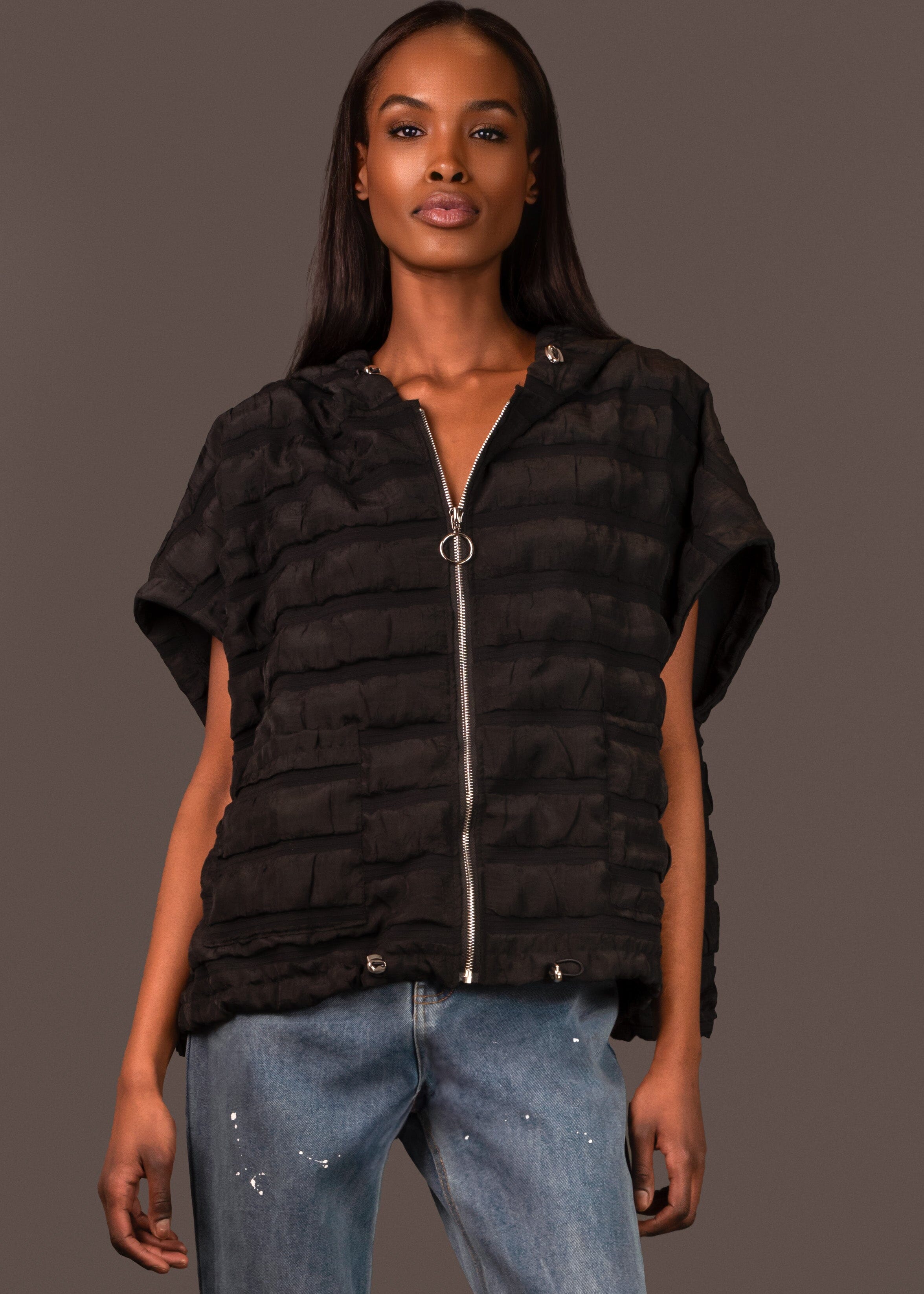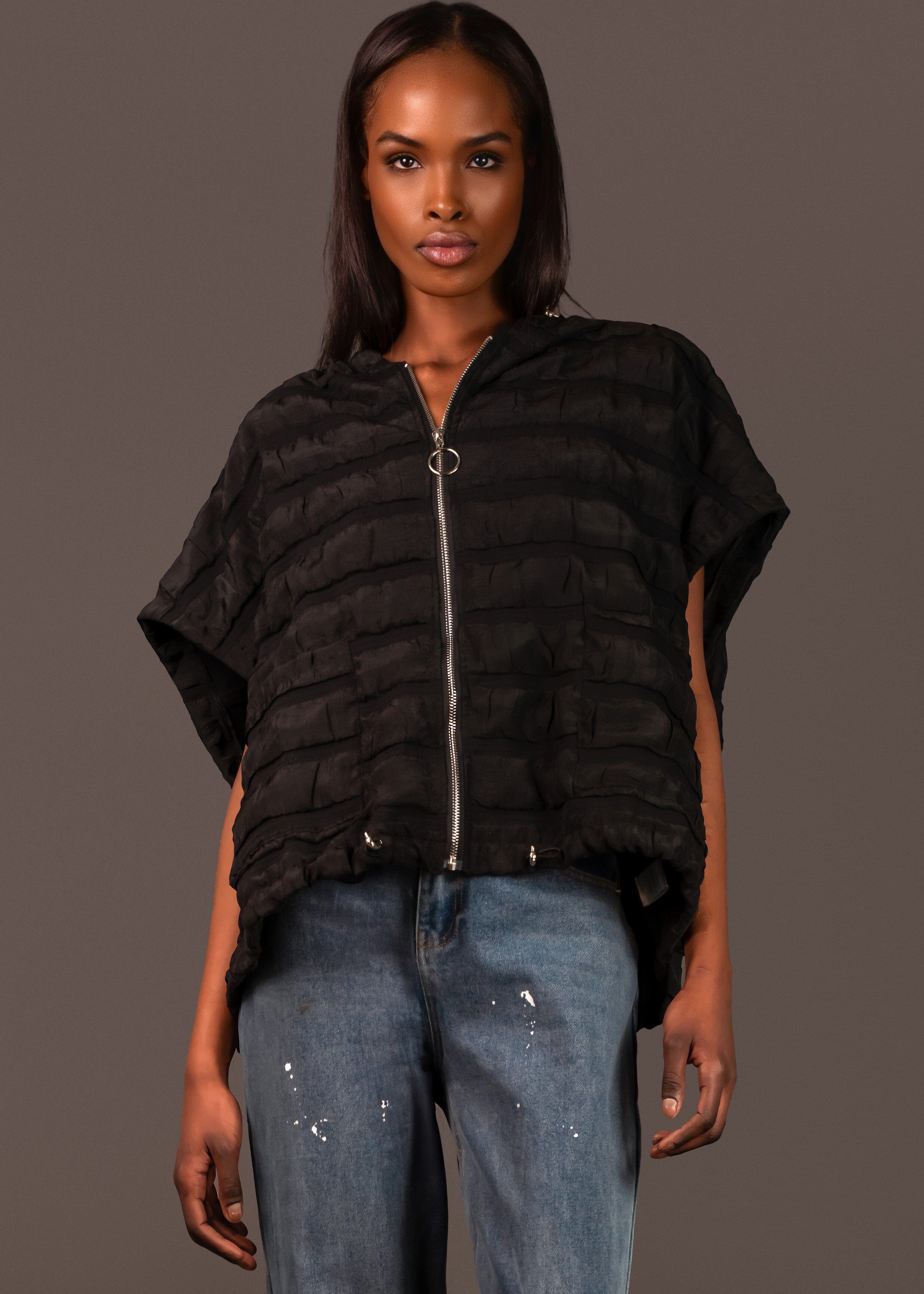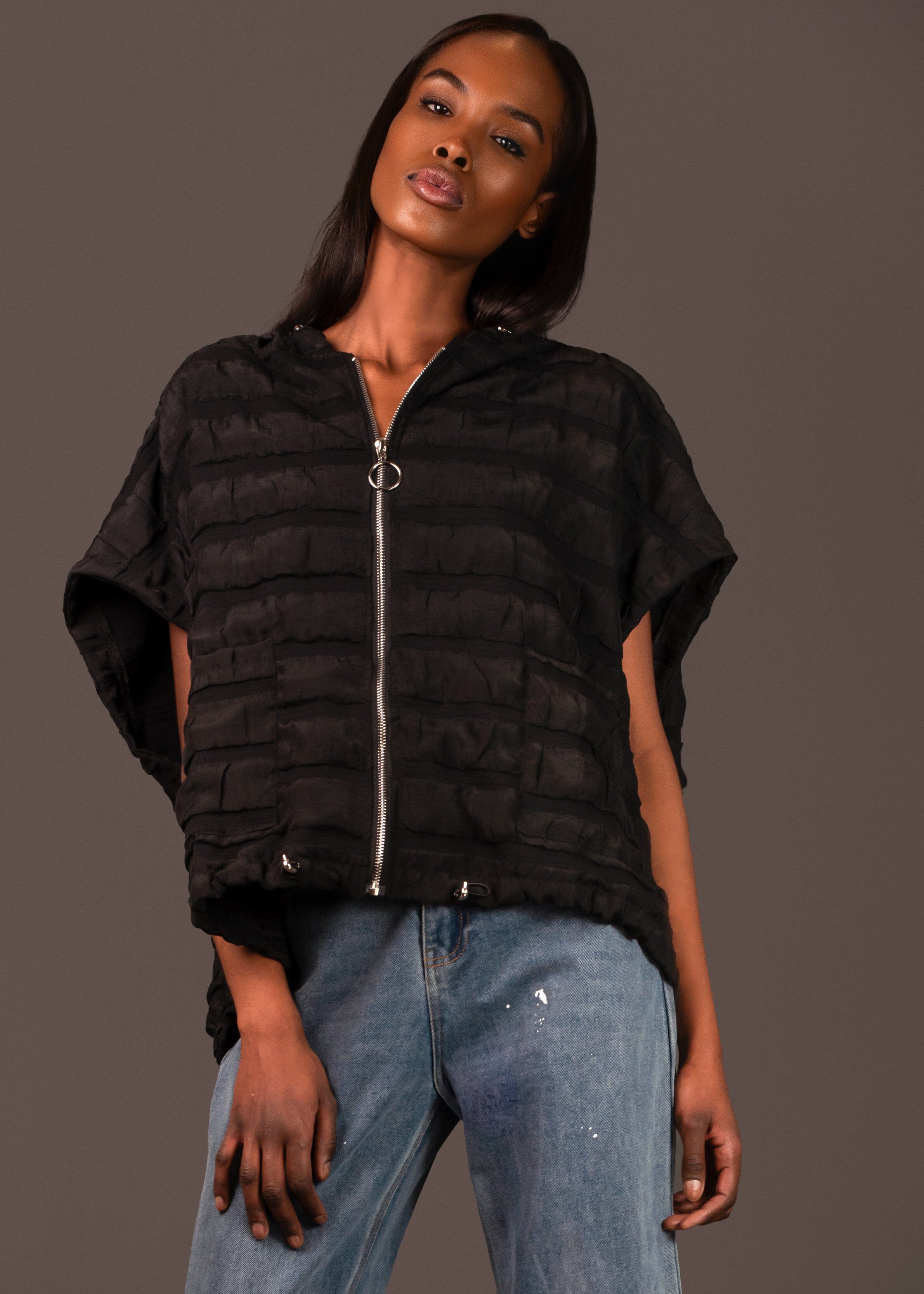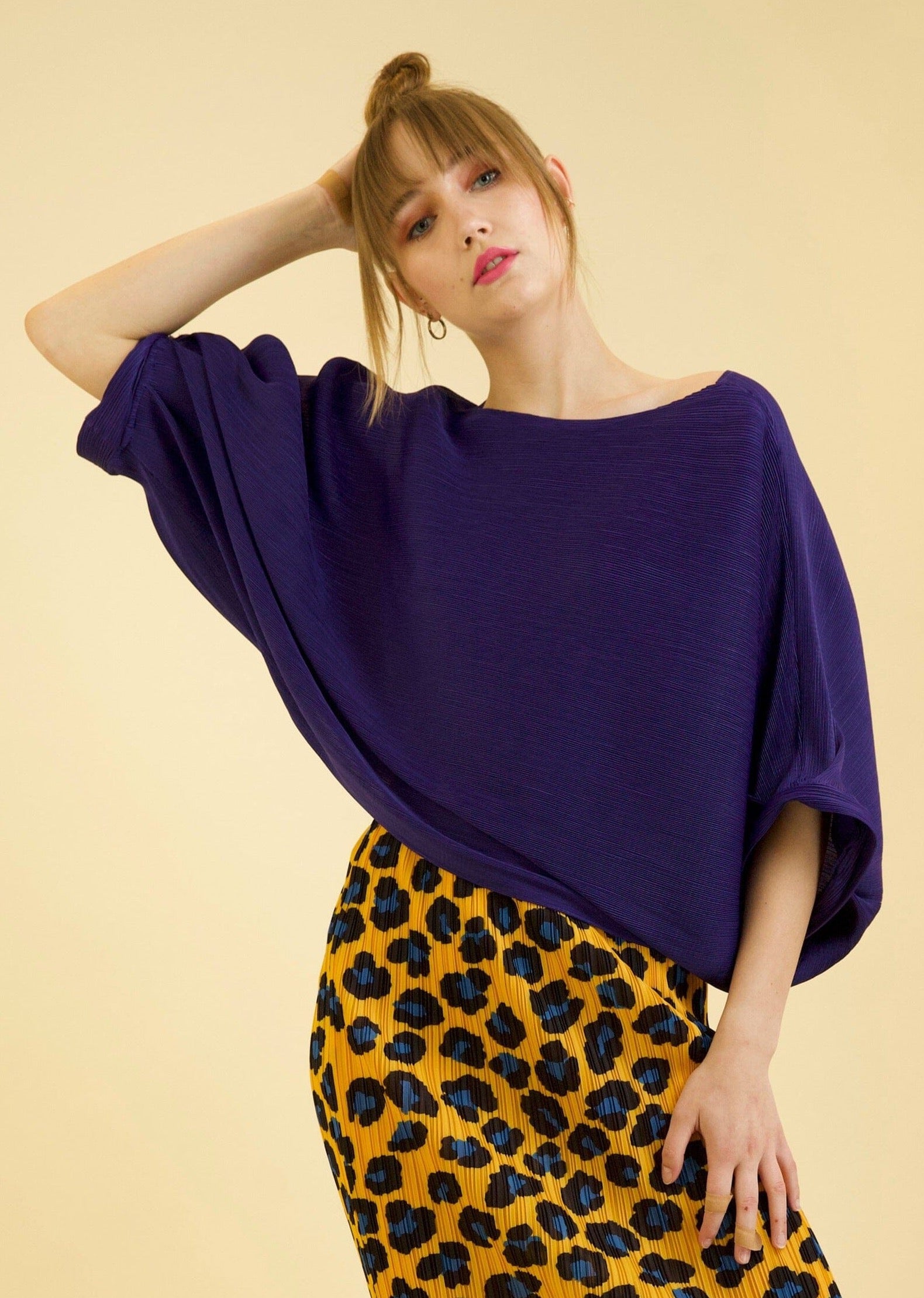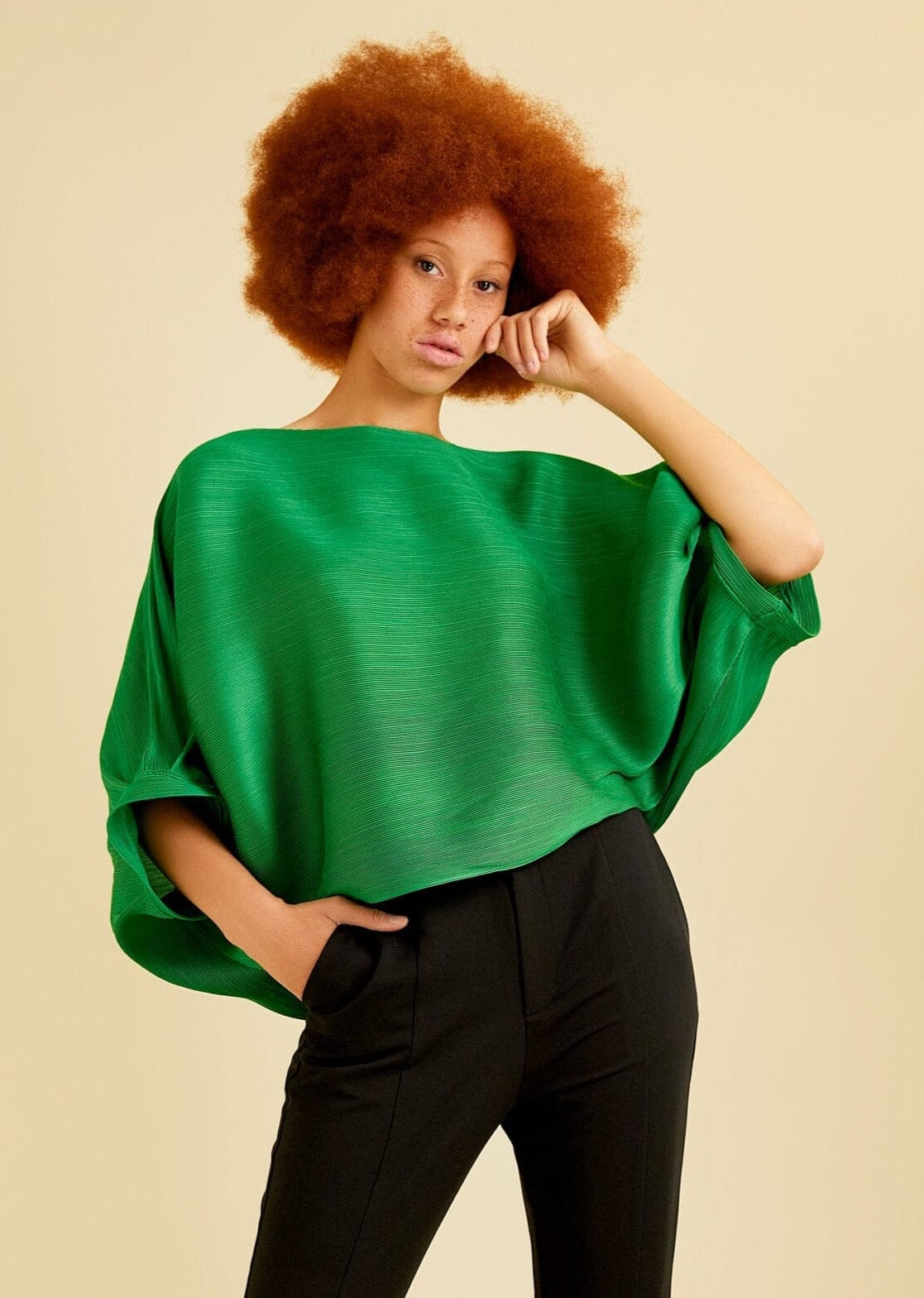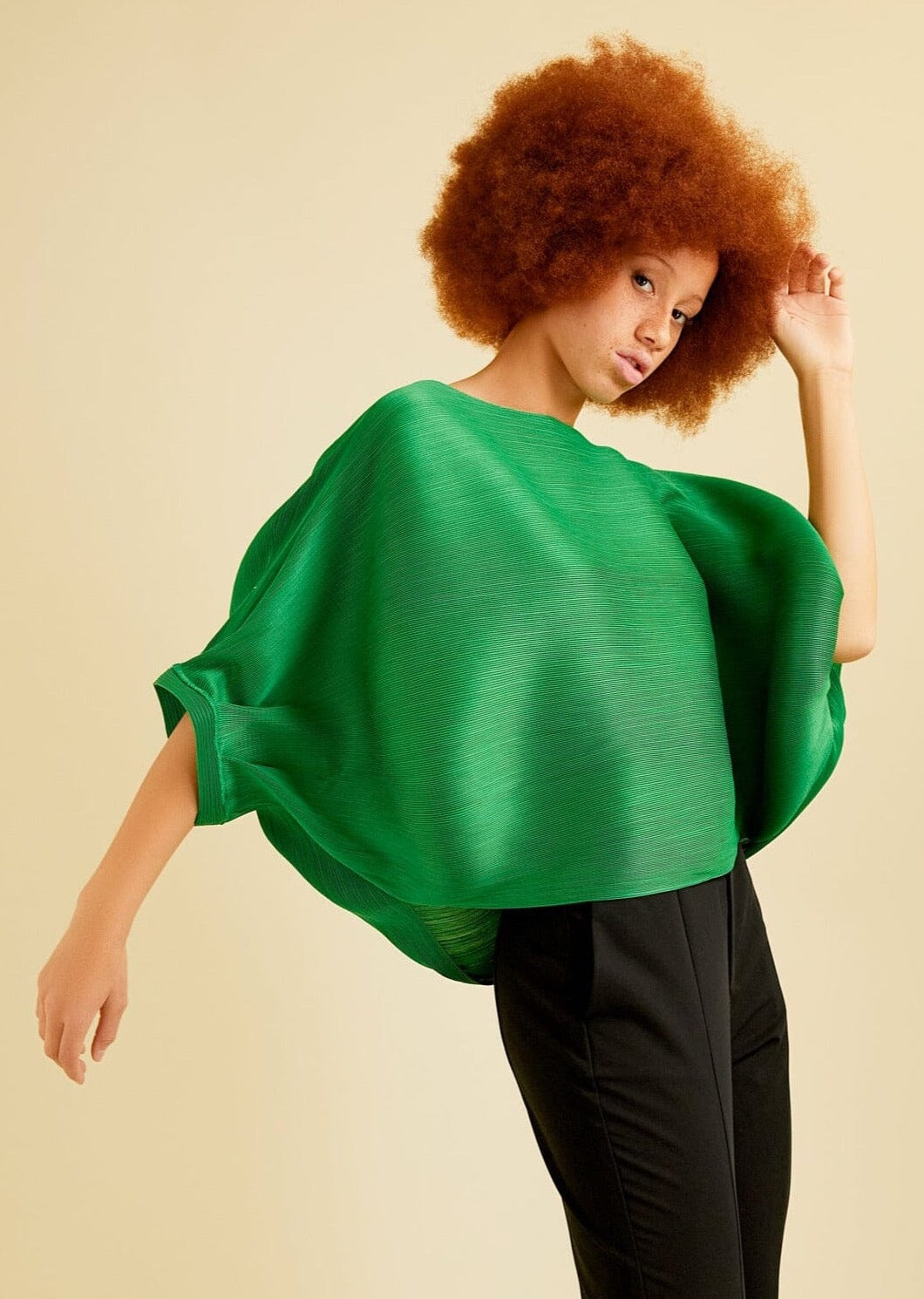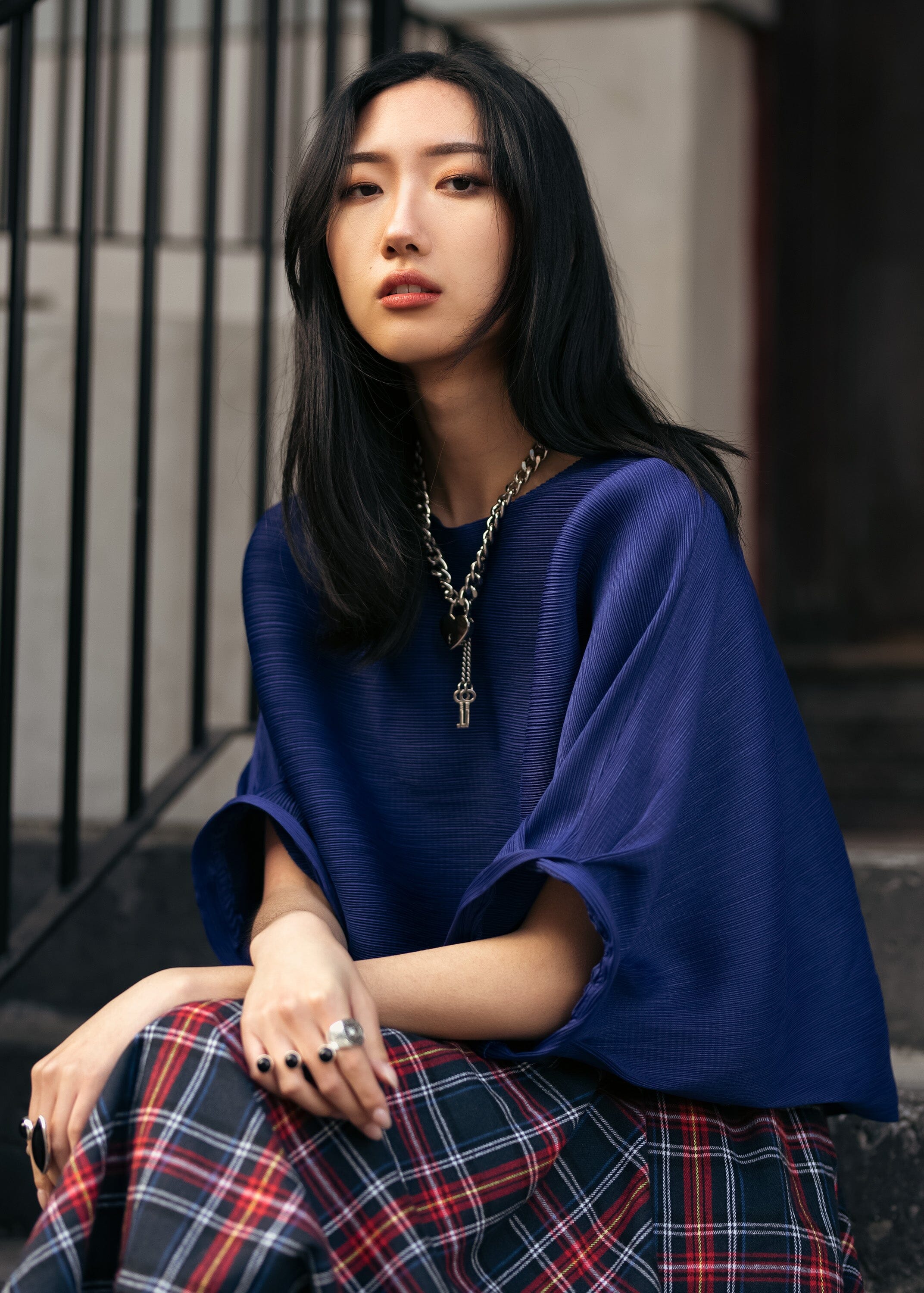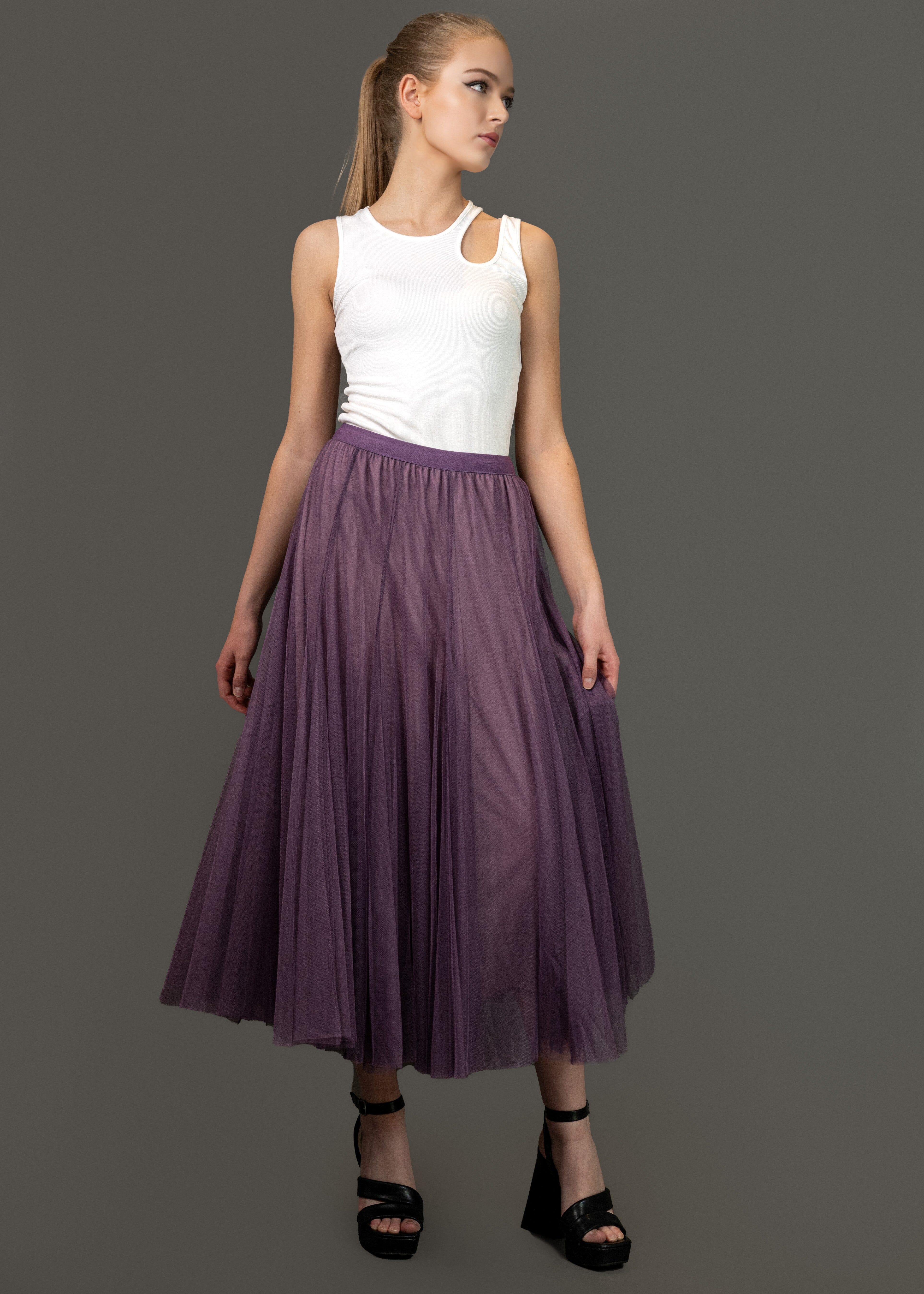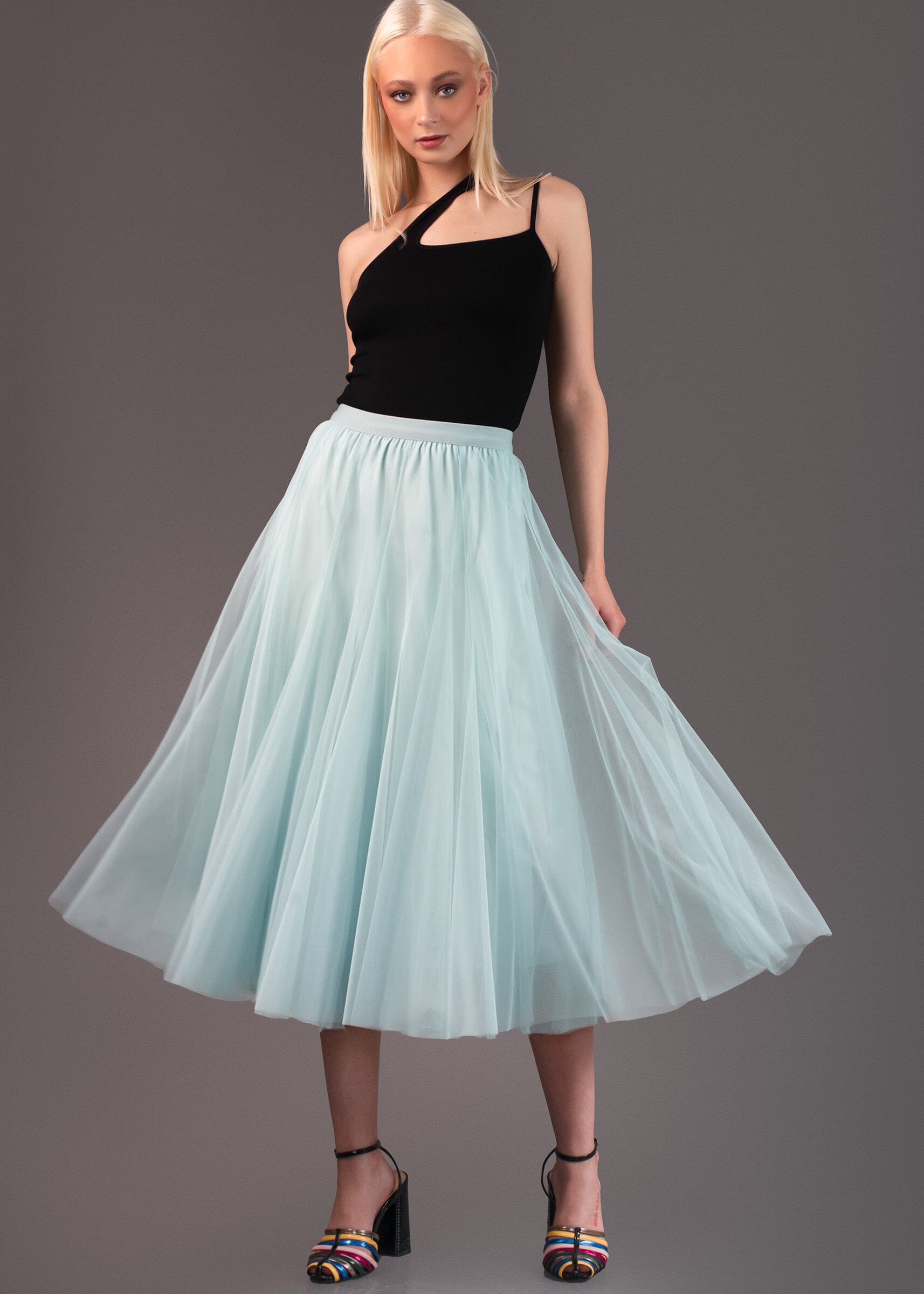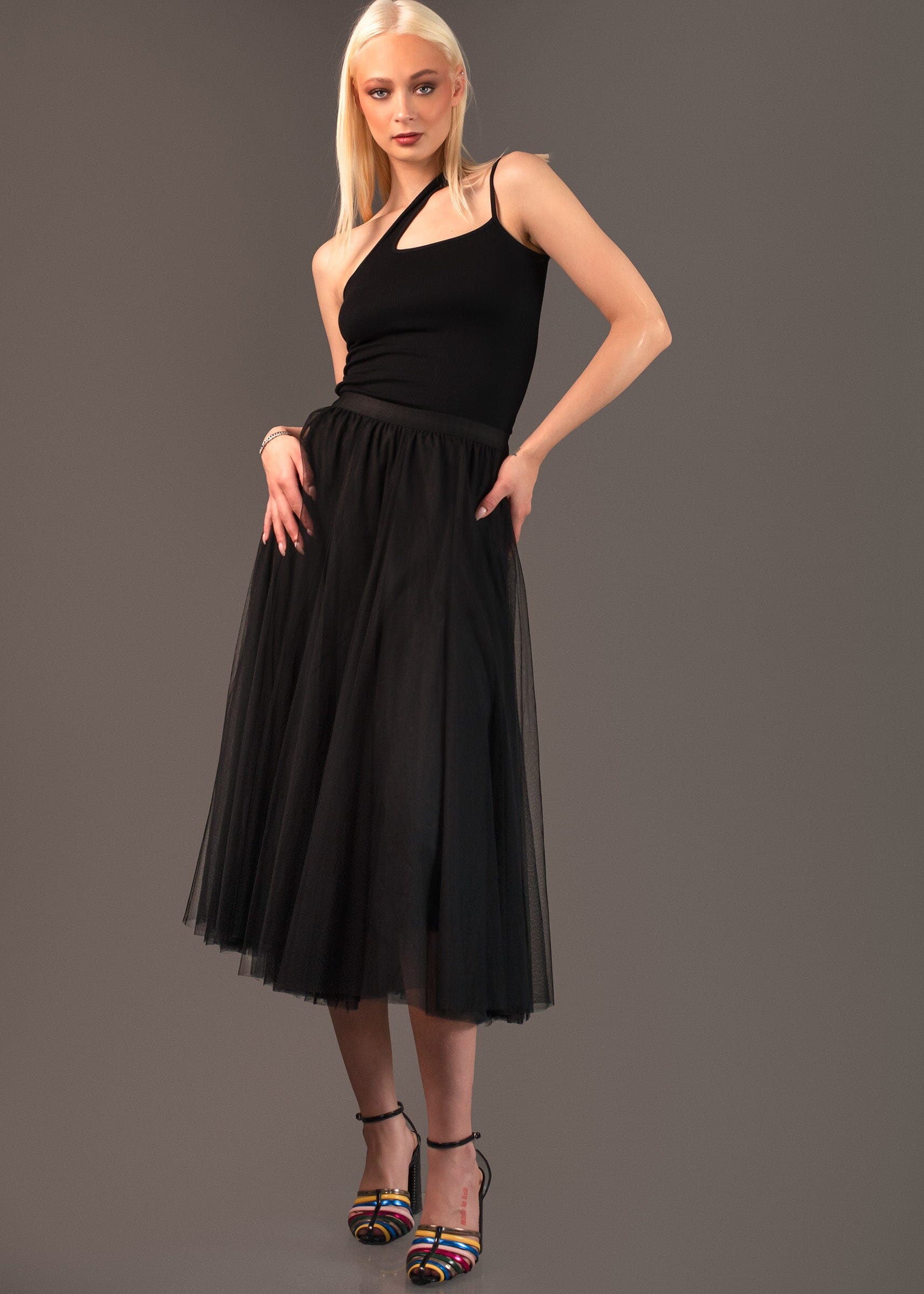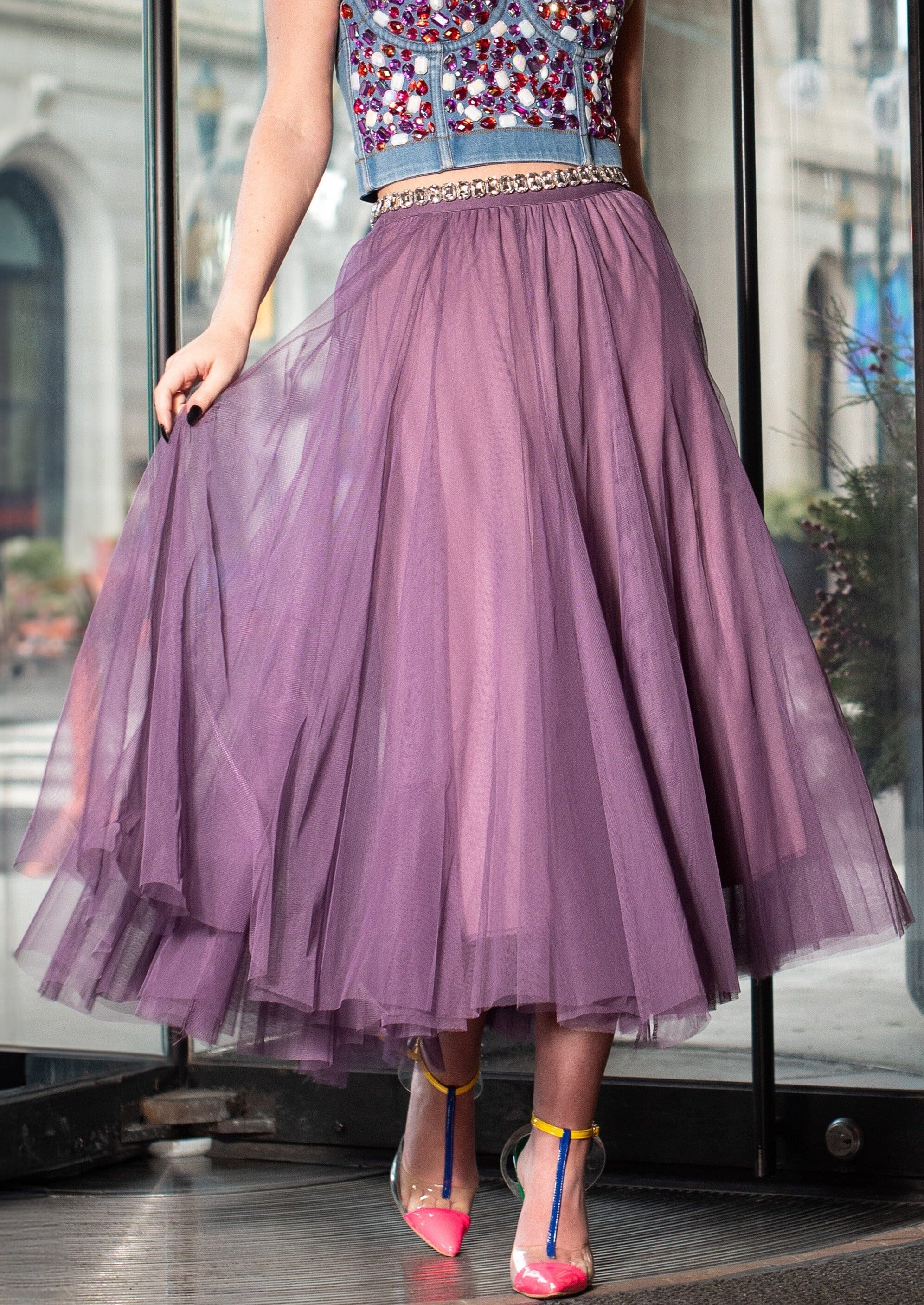How To Wear a Pleated Dress for Any Occasion
A pleated dress can be an eye-catching look to wear for a casual outing or a formal event. Find out why pleated dresses that flatter every figure stay in style.
A pleated dress can be an eye-catching look to wear for a casual outing or a formal event. Find out why pleated dresses that flatter every figure stay in style.

A dress that has pleats can be a stylish option for any occasion. Pleating or plissé is a method of folding and gathering that transforms wide fabrics into a narrower circumference to make materials appear fuller. Pleated dresses have a distinctive and timeless look. Wear a pleated dress to a formal event or opt for a more relaxed take on this comfortable and flattering style.
Pleated dresses are available in elegant or casual designs. Dress a half-pleated design with horizontal accents up or down based on your choices of accessories and shoes. A tee-inspired style with vertical pleats can be a comfortable choice for everyday wear.
One-size pleated dresses are breathable and accentuate your figure. Styles in the Kate Hewko Curve Collection offer a perfect fit for most sizes. Horizontal pleats can have an eye-catching effect, while vertical pleats are elongating.
Pleated dresses come in trendy colors suitable for all skin tones. A dark green dress with half-pleating is a go-to for formal occasions, but it can also be accessorized for relaxed wear. A pleated tee dress in pink is a cute and comfortable choice, while the same garment in black is adaptable to any event.
Pleated clothing has the advantage of being both flexible and form-fitting. This gives these garments a more comfortable and flattering fit than more rigid styles. The Delphos pleated dresses designed by Mariano Fortuny that became associated with classic Hollywood glamor in the early 20th century were famous for flaunting the wearer's curves.
Modern dresses with vertical pleats allow for a flowing appearance. Horizontal pleats can also be slimming and direct the eye toward the design of a garment. Kate Hewko offers styles that feature both types of pleats to make it easy to select the most flattering pleated dress.
Choose from pleated dresses in a one-size fit or shop the same styles in the Curve Collection. Check the measurements for any style to ensure a perfect fit. Our pleated dresses allow for a comfortable fit that is breathable and showcases your shape.
Dresses with horizontal or vertical pleats have a distinctive look. This eye-catching design creates visual interest through texture. Some of the latest trends involve full silhouettes, and pleats are one of the most effective ways to add depth to dress designs.
There are many different pleating methods, each of which gives garments distinctive styles. Some of the most common types of pleats include accordion, box, fluted, kick, plissé and rolled pleats.
In addition to the unique looks possible with different types of pleats, this technique also affects the silhouette of a dress. Hard pleats have a pressed look, while unpressed pleats produce soft folds. The various types of pleats go in and out of fashion, but pleated looks are always in style.
Pleating techniques date back to Ancient Egypt, when linen cloth was either folded, tied, wetted and allowed to dry or pressed onto wooden boards and treated with sizing glue. Viking graves in Birka that date to the 10th century also contain pleated linen chemises and smocks. The fabric was stitched and then dried under tension or weight to produce plissé pleats.
Royals in the Elizabethan era wore frilly circular pleated collars known as "ruffs." During the 18th century, sack-back gowns featured box pleats at the back neckline. Tea gowns of the 19th century also imitated this style. Costume historians refer to this style as Watteau pleats, as the paintings of Antoine Watteau often featured these fashions.
Delphos gowns from Mariano Fortuny and his wife, Henriette Negrin, evoke ancient Greek columns. These dresses were made of four or five silk satin or taffeta cloths with up to 450 folds per panel to produce very fine pleating. A recent example of this style is the reimagined Delphos dresses that Lady Mary Crawley Talbot wears on "Downton Abbey."
Pleated dresses are eye-catching garments. The texture of this style should be the main event of an outfit. It is a good idea to keep the texture of your accessories simple.
Layering can diminish the effect of a pleated dress. You can wear a jacket or coat in cool or cold weather, and smooth panels will draw attention to the pleated accents of your outfit. A middle layer, such as a cardigan, can detract from pleats and make an ensemble look bulky. Tights or leggings are stylish options to keep warm and introduce matching or contrasting colors.
Accentuate a look built around a dress that has pleats with jewelry such as earrings or a necklace. Bracelets or rings can also be welcome additions. Factor in the formality of an event and the desired effect of an ensemble to decide between statement jewelry or more subtle pieces.
Pleated garments in the past did not stand up to washing. From Ancient Egyptian linen to the silk satin Delphos dresses of the early 20th century, natural textiles could not retain pleats through direct exposure to moisture or even high ambient humidity levels.
The Pleats Please collection that Issey Miyake launched in 1988 was the first to feature synthetic textiles. These garments, which were produced with a pleating machine and heat press, could withstand machine washing, air dry within hours and retain pleats without ironing.
Most pleated dresses from Kate Hewko can be machine washed on a cold setting and hung to dry. Check the care instructions for a particular style to preserve the pleats and ensure that a dress always looks its best.
Pleated dresses range from glamorous gowns to more casual styles. Pleats make dresses feel comfortable and look flattering as you move, sit and stand. The design of a pleated dress and the accessories that you choose to pair with an outfit can ensure that you look fashionable at any event. Check out the dresses at Kate Hewko for styles for all occasions.
https://threadstories.co/the-story-behind-pleating/
http://awanderingelf.weebly.com/blog-my-journey/pleated-serk-from-birka-draft
https://historicalbritain.org/2013/07/22/elizabethan-ruffs/
https://thepragmaticcostumer.wordpress.com/tag/watteau-pleats/
https://www.metmuseum.org/art/collection/search/138495
https://educated-traveller.com/2019/11/12/downton-abbey-and-the-delphos-gown/
https://en.wikipedia.org/wiki/Pleat
Let’s add your new favorite clothing.
I dare you to look this good.
